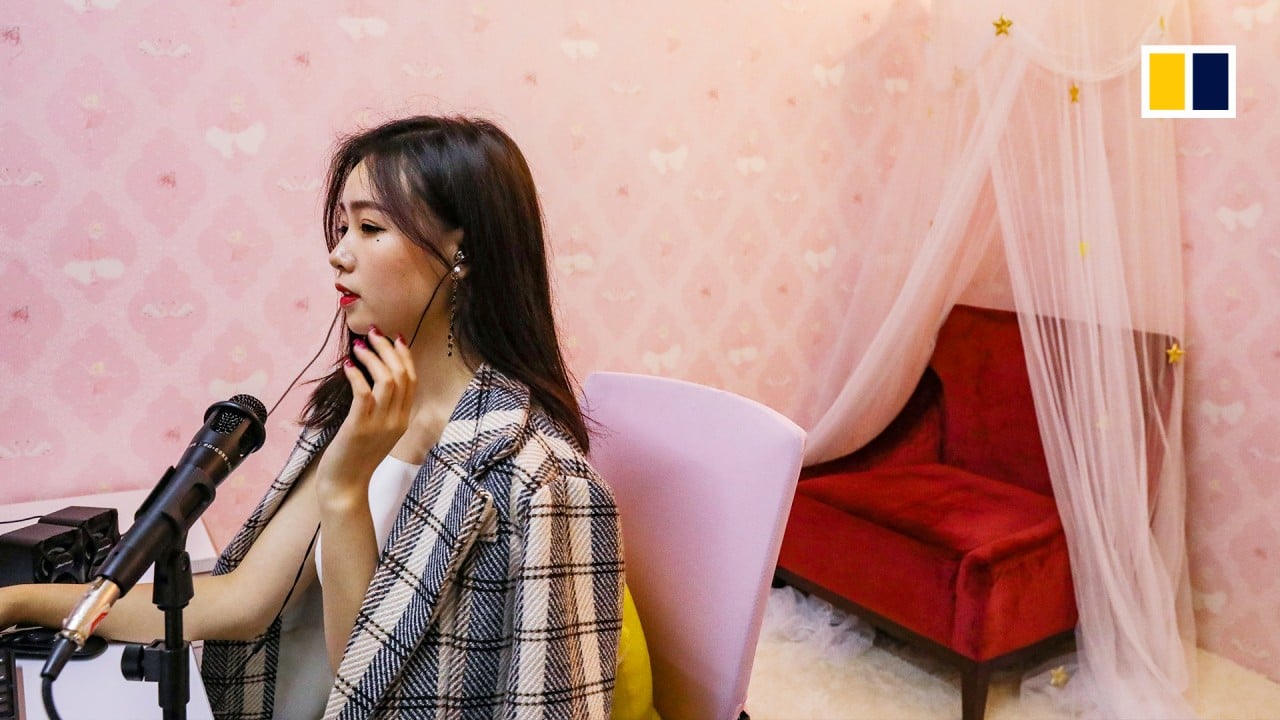
China’s cosmetics producers want to outsell L’Oreal, Shiseido with quality, market funding and trust from millennials
- Local cosmetics and skincare makers are boosting research, marketing and innovation with funding from capital markets
- Their growth outlook has fuelled prices of stocks such as Yunnan Botanee Bio-Technology and Yatsen, which listed this year
They are being aided by capital infusion from global investors, and are teaming up with local authorities across the country to develop infrastructure and facilities to enhance research, quality and innovation.
Turning the tide is likely to depend on winning the trust and loyalty of millennial consumers like Joanna Zhou, those aged between 25 and 40, who account for more than a quarter of China’s population.
“Domestic firms in recent years have started to pay more attention to branding and enhancing standards,” said Zhou, who helps run her family business in Foshan, Guangdong. “When there are no Chinese brands which are excellent enough, I tend to choose more mature foreign brands to reduce risks. But I’m trying out domestic brands for facial cleansers, facial creams, lipsticks and cosmetic brushes.”
China’s beauty market, comprising colour cosmetics and facial skincare, was the largest in the world at US$38.8 billion in retail sales in 2019, according to Yatsen Holding, citing China Insights Consultancy. Sales are projected to reach almost US$69 billion by 2025, it added.
Qianzhan Industry Research separately estimated retail sales in 2020 at 340 billion yuan (US$52.3 billion). The high-end luxury market is dominated by global brands such as La Mer from Estee Lauder, Guerlain from LVMH and Helena Rubinstein from L’Oreal. Paris-based L’Oreal topped the market with more than a 15 per cent share, it estimated.
Four of the top nine brands are products churned out from the factories of Shanghai Chimax Cosmetics, Pechoin of Shanghai Pehchaolin Daily Chemical, Jala Group and Shanghai-listed Shanghai Jahwa United, according to Qianzhan.
China has one of the largest gen-z – those born in the mid-1990s – and millennial populations in the world, with 171.4 million people in gen-z and 231.5 million millennials as of December 31, 2019, according to Yatsen. These populations are 3.9 times and five times larger than the respective numbers in the US.
While gen-z and millennials represented less than 30 per cent of China’s population, their consumption of beauty products accounted for almost 59 per cent of the country’s overall beauty product consumption, which is expected to rise to 61.3 per cent by 2025, it added.
“In the next five to 10 years, China will have one or two leading brands globally,” said Leo Li, principal at international management consultancy Roland Berger based in Shanghai. “When a market is large enough, it will incubate local consumer brands, and one of the key areas is cosmetics and skincare products.”
A number of cities in the country are aiming to become into the beauty capital of the world. Beauty industrial estates have sprouted in cities such as Guangzhou, Shanghai and Changsha.
The industry contributes more than a fifth to the factory production of Fengxian district in Shanghai. The value generated by the district’s flagship “East Beauty Valley’’ project is expected to reach at least 100 billion yuan by 2025.
Companies in these parks are leveraging logistical support, research and development incentives, product and marketing innovation and branding to meet changing consumption trends among China’s younger generation.
Companies have also built up innovative marketing and sales approaches through e-commerce platforms and live streaming. Around 30 per cent of gen-z now purchase beauty care products online, according to a research report by CBNData.
Guangzhou UNES Biotech, which focuses on skin optimisation targeting people in their 20s and 30s, sells almost all of its products online. The firm formed a 25-member live-streaming team in December, which has now contributed 20 per cent of its sales.
“We want to enhance our brand exposure to consumers and increase market share,” founder and chief executive Li Zhanhong said.
All this will require deep pockets to build market share, said Li Daoyang, general manager of Guangzhou Leekee Packaging, which designs and manufactures packaging bottles for cosmetics brands. Some players have recently tapped the market for fresh capital.
Yatsen, the Guangzhou-based owner of Perfect Diary brand, raised US$617 million in November en route to its New York Stock Exchange listing. The stock has risen 11.4 per cent to US$11.70 through Friday. In Shenzhen, Yunnan Botanee Bio-technology has rallied 373 per cent to 223.99 yuan since its March 25 debut.
“You could be undefeated before, when you had a flagship [and popular] product. But now you have to harness the power [of] supply chain, capital and sales models,” said Guangzhou UNES Biotech’s Li. “It’s much more demanding than before, in terms of your ability to integrate all these resources.”


